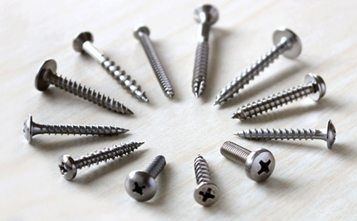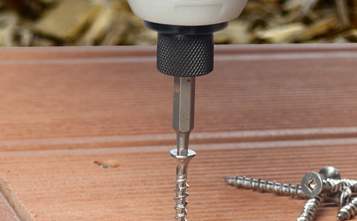The stainless steel screw is formed by a very thin, str […]
The stainless steel screw is formed by a very thin, strong, dense and stable chromium-rich oxide film (protective film) formed on its surface to prevent the infiltration and oxygenation of oxygen atoms from continuing to obtain the ability to resist rust. Once for some reason, this kind of film is continuously destroyed, the oxygen in the air or liquid will continue to infiltrate or the iron atoms in the metal will continue to separate out, forming loose iron oxide, and the metal surface will be continuously rusted. . There are many forms of damage to this surface film, and the following are common in daily life:

1. The surface of the stainless steel screw deposits dust or other metal particles containing other metal elements. In humid air, the condensate between the attachment and the stainless steel connects the two into a microbattery, which initiates electrochemistry Reaction, the protective film is damaged, called electrochemical corrosion.
2. Organic juices (such as melon and vegetable, noodle soup, sputum, etc.) adhere to the surface of stainless steel. In the presence of water and oxygen, they form organic acids, which will corrode the metal surface for a long time.
3. The surface of the stainless steel contains acids, alkalis, and salts (such as alkali water and stone water splashing on the walls), causing local corrosion.
4. In contaminated air (such as an atmosphere containing a large amount of sulfides, carbon oxides, and nitrogen oxides), when condensed water is formed, sulfuric acid, nitric acid, and acetic acid liquid spots are formed, causing chemical corrosion.

The above conditions can cause damage to the protective film on the surface of the stainless steel screws and cause corrosion. Therefore, in order to ensure that the metal surface is permanently bright and not rusted, we recommend:
1. The decorative stainless steel surface must be cleaned and scrubbed frequently to remove attachments and eliminate external factors that cause modification.
2. 316 stainless steel is used in the seaside area, which can resist seawater corrosion.
3. There are some stainless steel pipes on the market whose chemical composition can not meet the corresponding national standards and can not meet the 304 material requirements